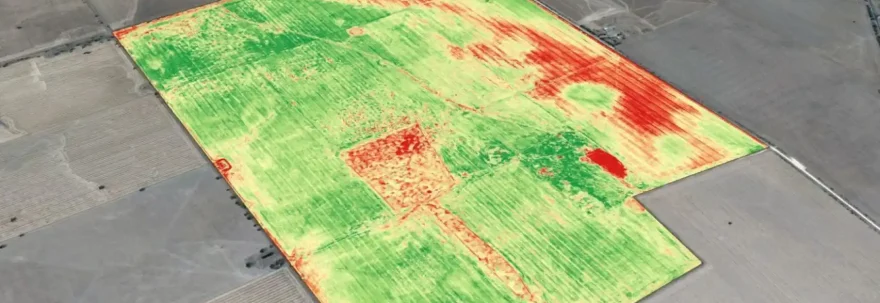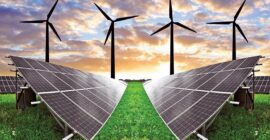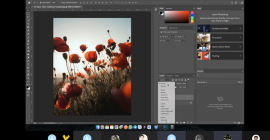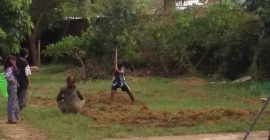Hello friends, since there is a lot of talk about AI lately, I decided to look for information on how it can help agriculture. I found an article in the newspaper El Español that I would like to share with you.
When to irrigate, which parts of the crop and in what quantity. These questions mark the day to day of the thousands of farmers in our country, especially at a particularly difficult time due to the drought that is hitting Spain. From October 1, 2021 to February 1, 2022, rainfall has decreased by 38% compared to the average of the last 30 years, according to data from the Spanish Ministry of Agriculture.
Water, or rather, the lack of it, has become one of the biggest enemies in the field and, one of the challenges that must be answered immediately. A challenge in which, once again, technological innovation has a lot to say.
The work of UTW at least points this out, and it is that this startup, which belongs to the ESA BIC Community of Madrid program and which innovates from the Science Park of the Carlos III University of Madrid, has made the union of drones and artificial intelligence (AI) a reality.
To do this, it has developed Cropsense, a platform to support irrigation management decisions and crop nutrition using the bases of precision agriculture. A technique with which, thanks to data, it is possible to make better use of resources and optimize the productivity of agricultural companies.
At Cropsense we have implemented physical models of crop behavior and generated our own algorithms for the management and analysis of information using machine learning. We use photogrammetry, thermography, remote sensing and neural networks”, explains Julio Díaz, CEO of UTW.
The most remarkable thing is the development of our own technology that we have named ‘hybrid remote sensing’, with which we are able to merge the data from the satellite images and the drone of the same location, allowing crops to be monitored in a way much more efficient and economical.
Thus, the platform offers farms detailed information on both moisture and soil texture that allows for determining the amount of water needed in each irrigation sector. Information that they can monitor at all times, analyzing the evolution of the crop over time and, thus, discovering any type of anomaly.
“The integration of soil moisture and ambient temperature sensors are combined with this information to detail the behavior of soil moisture and the calculation of evapotranspiration,” explains Díaz.
A solution whose benefits have already been proven by the olive groves of the García de la Cruz company and the vines of the Casas del Valle winery, both from Toledo and where UTW has put its technology to the test. “They managed to save up to 30% of water, with the consequent improvement in their production,” says the manager.
Analysis of data
Cropsense is the result of more than five years of research on experimental farms in which agronomists and AI specialists have analyzed the data.
“Few companies have this history and almost none make this effort before going to market in such a critical matter for the user,” says Díaz.
“Additionally, we have developed our own technology that makes data capture much more effective, reducing the number of drone flights to a minimum and allowing monitoring of woody crops with satellite, something that no company is capable of materializing.”
Currently, the company is immersed in bringing Cropsense to the market, which, as the CEO of UTW adds, “will be a daunting task, since the agricultural sector is very traditional and what we offer represents a total change in terms of methodology for determining irrigation. In the next two years, we will focus on implementing improvements to this tool, mainly related to artificial intelligence so that it is increasingly powerful, adaptive, and learns from the user experience”.
A technology from UTW affirm that it can be applied to other sectors, beyond agriculture. “Our proposals are aimed at solving, in an effective and efficient way, problems for our clients, in most cases through the use of drones for data capture and analysis. We mainly work with the renewable energy, environmental and agricultural sectors. From the data that we generate information and products that help our customers.”



